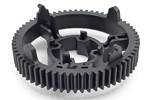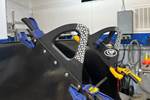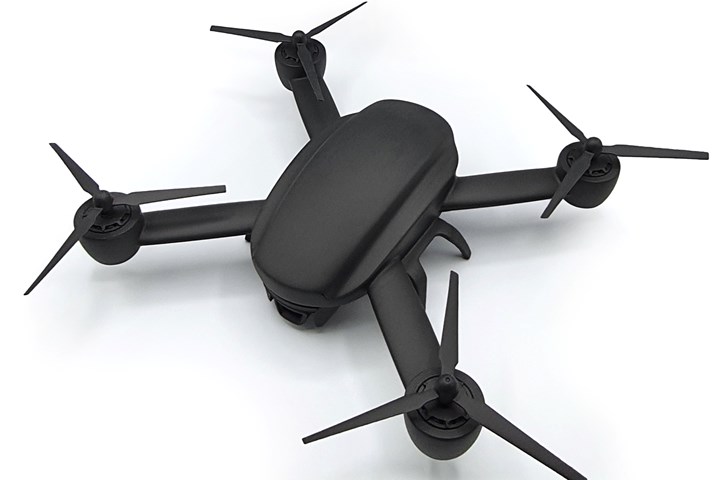CRP Technology launches Windform SL for UAV needs
Carbon fiber-reinforced polyamide, added to CRP’s Top-Line series, is well suited to demands for lightness, stiffness and thermal resistance in composites 3D printing.
3D printing service bureau CRP Technology (Modena, Italy) introduces Windform SL, the 12th material in the Windform Top-Line additive manufacturing (AM) series. A black carbon fiber-reinforced polyamide composite, Windform SL combines ultra-light (designated by the “SL”), rigid characteristics with a low density of 0.87 g/cc, ensuring light weight without the need to reduce thickness.
Designed specifically for powder bed fusion/selective laser sintering (PBF/SLS), Windform SL is particularly well suited for producing functional prototypes and components in the UAV/UAS sector, and applications demanding a balance of lightness, stiffness and thermal resistance, such as automotive.
A heat deflection temperature (HDT) of 182.5°C at 1.82 MPa, combined with high values in specific tensile modulus, specific tensile strength and impact strength (Charpy and Izod), are among Windform SL’s key features, which provide it with the ability to maintain structural stability under intense stress, even at elevated temperatures, ensuring reliable performance in demanding environments.
CRP Technology says that its post-process surface finish is equally noteworthy, with Ra values of 5.44 µm after the SLS process, 1.56 µm after manual finishing, and 0.83 µm after CNC processing, ensuring smooth and precise surfaces.
Related Content
-
Plant tour: Spirit AeroSystems, Belfast, Northern Ireland, U.K.
Purpose-built facility employs resin transfer infusion (RTI) and assembly technology to manufacture today’s composite A220 wings, and prepares for future new programs and production ramp-ups.
-
The next evolution in AFP
Automated fiber placement develops into more compact, flexible, modular and digitized systems with multi-material and process capabilities.
-
Jeep all-composite roof receivers achieve steel performance at low mass
Ultrashort carbon fiber/PPA replaces steel on rooftop brackets to hold Jeep soft tops, hardtops.














